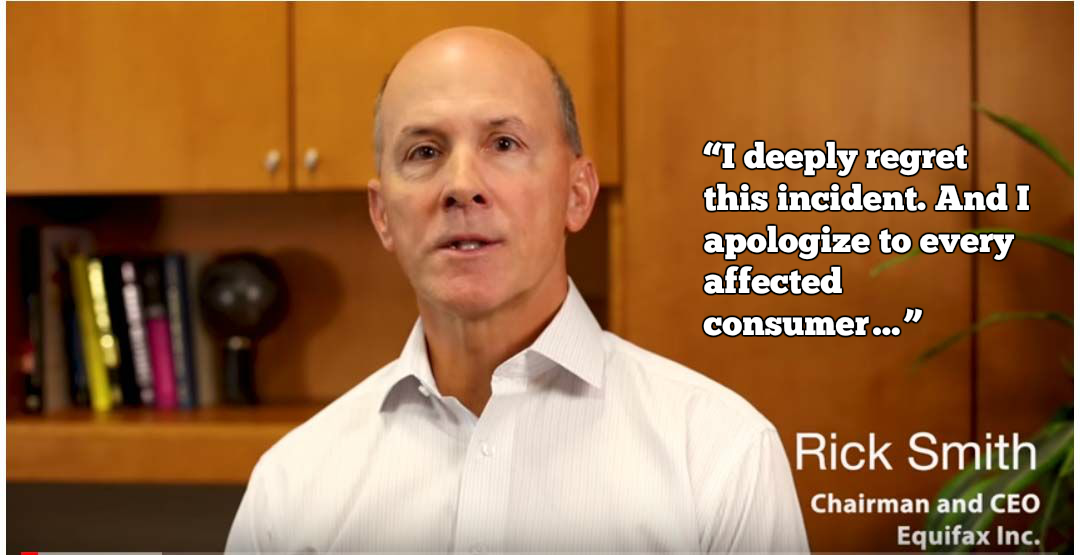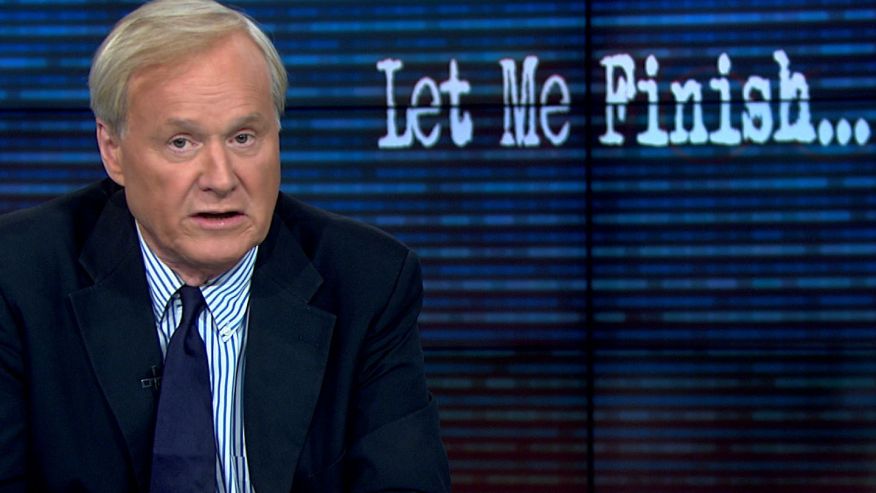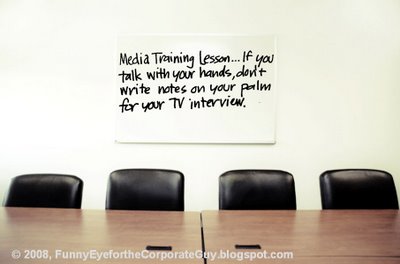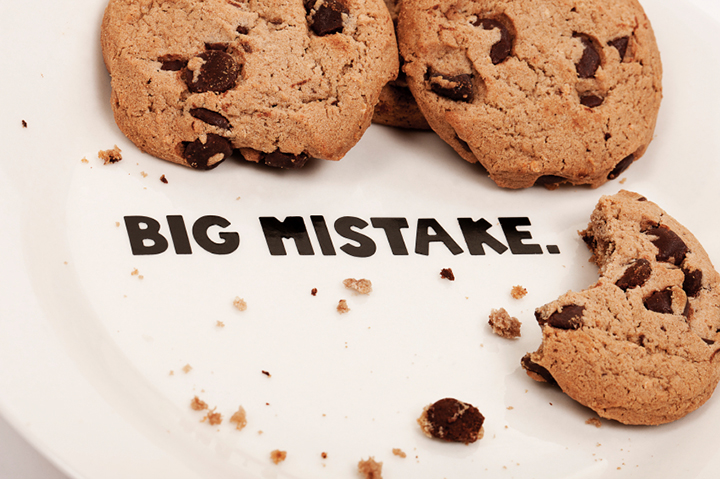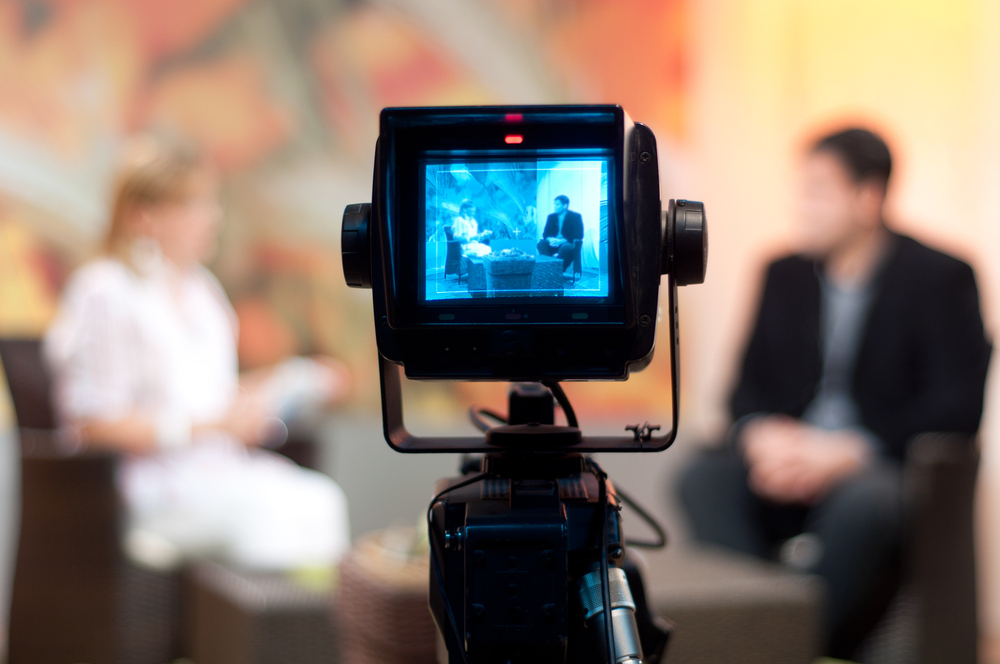Any company can benefit from media training, but it’s particularly important for one that is new to public relations. For B2B PR, media training prepares company execs for press interviews and stresses how to make the most out of them. This is important because the typical interview situation contains many variables, including the journalist’s own level of preparation. They might be deeply informed about the topic at hand, or they could be new on the beat. Their goal for the interview might be simply to gather background for a future story, or they could be probing for sensitive information or pushing an angle.
What makes a good media prep session?
A media training session can be with any number of people, whether it’s a single spokesperson or several media-facing execs. Of course, the length of the training will depend on how many execs are participating, but it can last from as little as two hours, to half a day. The key ingredient is the opportunity to practice in a setting that mimics the real thing.
Pros and cons of virtual media trainings
We’ve always felt that in-person sessions are best, but since the pandemic began, we’ve adapted to a new reality. The obvious challenges include technical issues with video playback, since on many platforms it’s necessary to log out and wait for a recorded interview to download, then log back on to view and discuss it. These and other factors can be mitigated with advance prep – using the breaks for pointers while another team member is downloading the recorded video, making sure mics are working well, and blocking practice interviews in short bites for discussion and critique.
There are distinct advantages to virtual media trainings, of course. They are easier to schedule, more convenient and less stressful for the participants, and most importantly, they mimic how most media interviews actually take place today. So as long as most people aren’t meeting in person, virtual sessions make all the sense in the world.
First, break down the media landscape
It’s often helpful to paint a picture of the media landscape – i.e., the different media segments; reporters’ needs; potential interview styles; and common pitfalls. Often journalists are looking to gain as much information as possible, which is not always aligned with what a company may want. Additionally, in this part of the session, PR experts offer basic rules of media interviews: prepare your points in advance; learn to pivot if you don’t know an answer or can’t address it; and never speak “off-the-record.” Here, video examples of interviews, from terrible to terrific, can be very powerful.
Updating media interview best practices
Most old rules still apply – sit up straight, keep hand gestures to a minimum and below the face, and adopt a pleasant but natural facial expression without too much nodding. Smiling is good! While we like to keep distractions to a minimum, we help clients plan for them. The dog might start barking, a child could interrupt, or you might want to glance at your notes – all are normal and they represent an advantage for any interview on Zoom or another platform.
A word about virtual backgrounds: while a branded background or step-and-repeat wall behind an interviewee offers brand recognition during an actual interview, an uncluttered real background often works better. Virtual video backgrounds can make people look distorted, and a sudden gesture can result in a hologram effect, where a dead plant suddenly appears where an arm used to be! If you plan to use a virtual background, make sure to check it in advance. (Updated software also helps.)
Even if the interview is on the phone, it’s a good idea to smile, since it can affect your tone of voice. PR pros share tips for responding in sound bites, using visual imagery, and emphasizing the points we hope to come through in the final story or segment.
Don’t skimp on the playback
Playback is typically the most crucial part of a media training. Some execs may want skip this part and review their videos later, but we find playback an important part of a digital media prep session. Here the company spokesperson puts what they’ve learned into practice as the session leader simulates a real interview. Of course, a pretend interview won’t usually last as long as a real-world sit-down, so it needs to contain several challenges. The session leader may want to make it tricky, much as a driving instructor will ask their students to turn right, turn left, and parallel park consecutively. The spokesperson will learn to steer the discussion back on track if it veers into irrelevant areas. He’ll need to convey his points while offering interesting, newsworthy and usable responses for the journalist. When the PR team replays the interview they will note successes, discuss wording of specific responses, and point out room for improvement, pausing the interview for points along the way. Don’t skip this step.
With proper digital media training, a spokesperson will feel more comfortable conveying their own expertise and be prepared to respond to questions confidently, factually, and gracefully, all while building rapport with the interviewer and the audience. Reporters can discern when an exec is prepared (but not programmed!), and they appreciate it. In the age of COVID-19, media training is more accessible than ever, making it a worthwhile investment for companies, and an important service for PR firms to offer.

